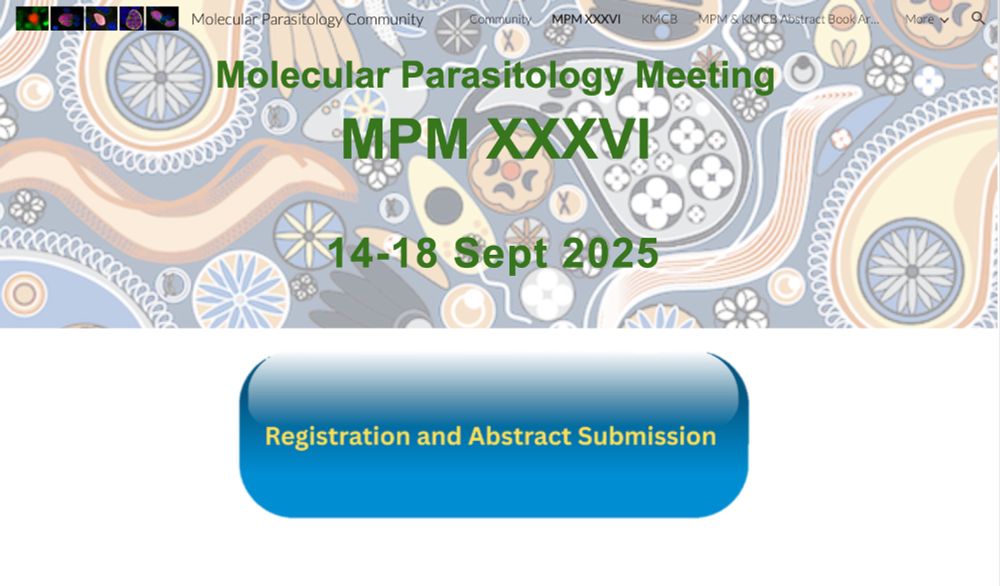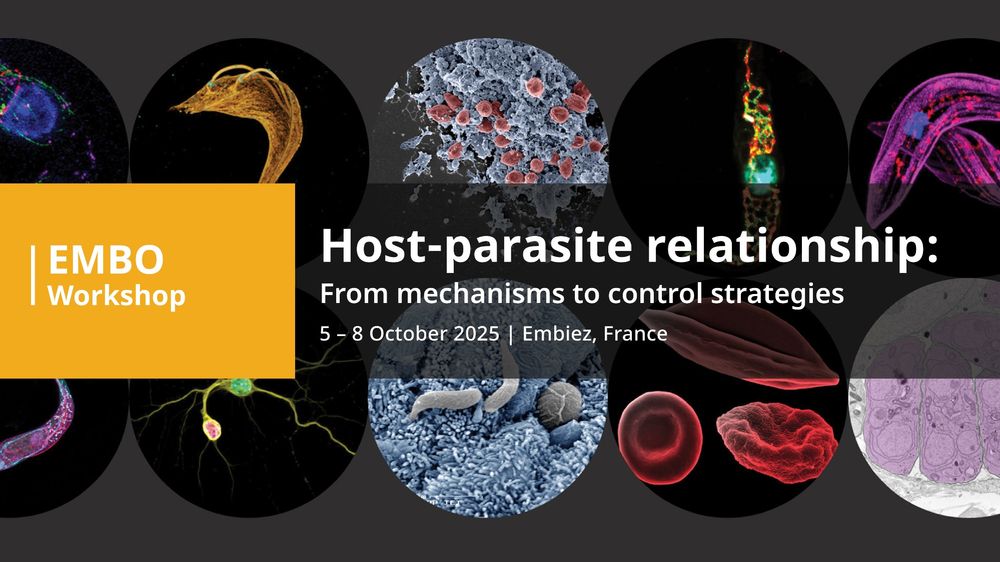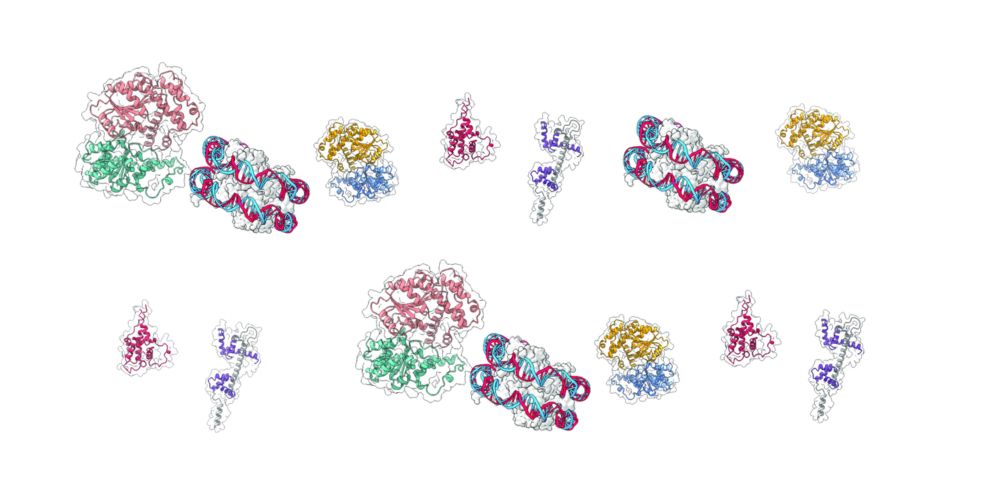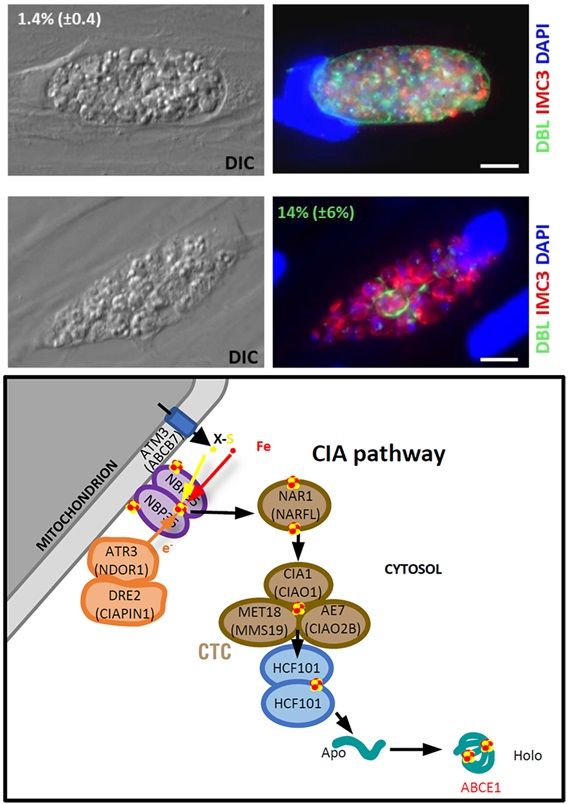Maryse Lebrun
@lebrunlab.bsky.social
280 followers
200 following
5 posts
Scientist interested in host pathogen interactions
Posts
Media
Videos
Starter Packs
Reposted by Maryse Lebrun
Reposted by Maryse Lebrun
Maryse Lebrun
@lebrunlab.bsky.social
· May 29
Maryse Lebrun
@lebrunlab.bsky.social
· May 29
Nick Talbot
@talbotlabtsl.bsky.social
· May 27

An apical membrane complex for triggering rhoptry exocytosis and invasion in Toxoplasma | The EMBO Journal
image image Surface‐exposed cysteine repeat modular proteins (CRMPs) are required for the Plasmodium
parasite targeting the mosquito salivary gland. Here, CRMPs are shown to be essential
for rhoptry ...
www.embopress.org
Reposted by Maryse Lebrun
Yi-Wei Chang
@yiweichang.bsky.social
· May 15
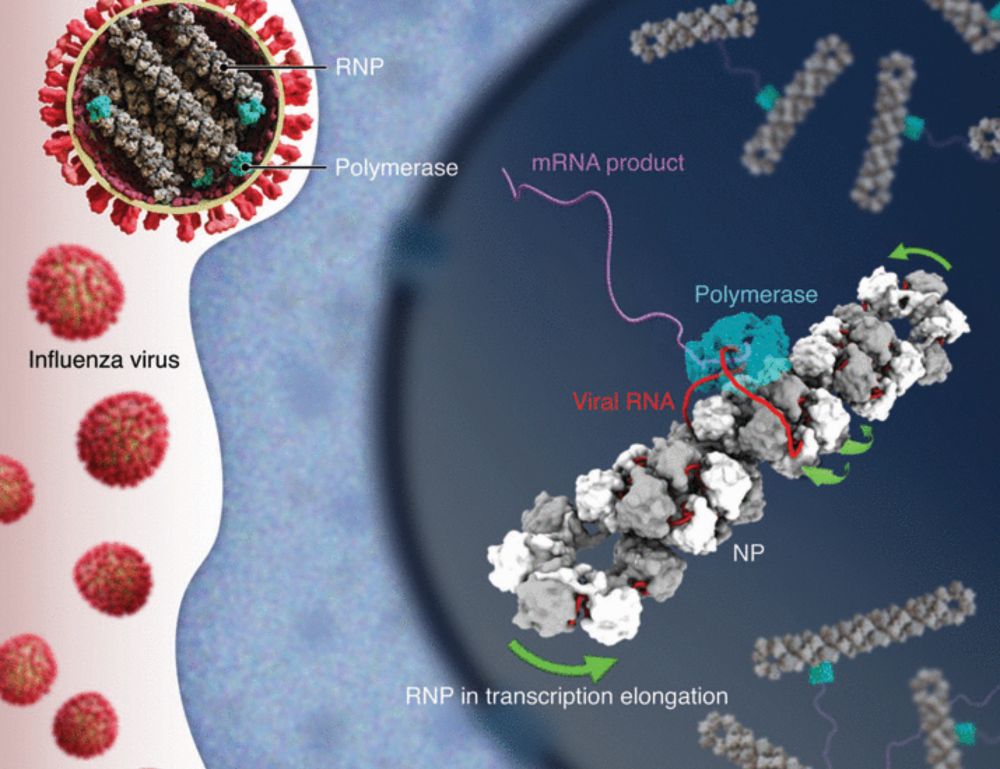
Molecular basis of influenza ribonucleoprotein complex assembly and processive RNA synthesis
Influenza viruses replicate and transcribe their genome in the context of a conserved ribonucleoprotein (RNP) complex. By integrating cryo–electron microscopy single-particle analysis and cryo–electro...
www.science.org
Reposted by Maryse Lebrun
Reposted by Maryse Lebrun
Reposted by Maryse Lebrun
Reposted by Maryse Lebrun
Belen Pachano
@belenpachano.bsky.social
· Apr 13
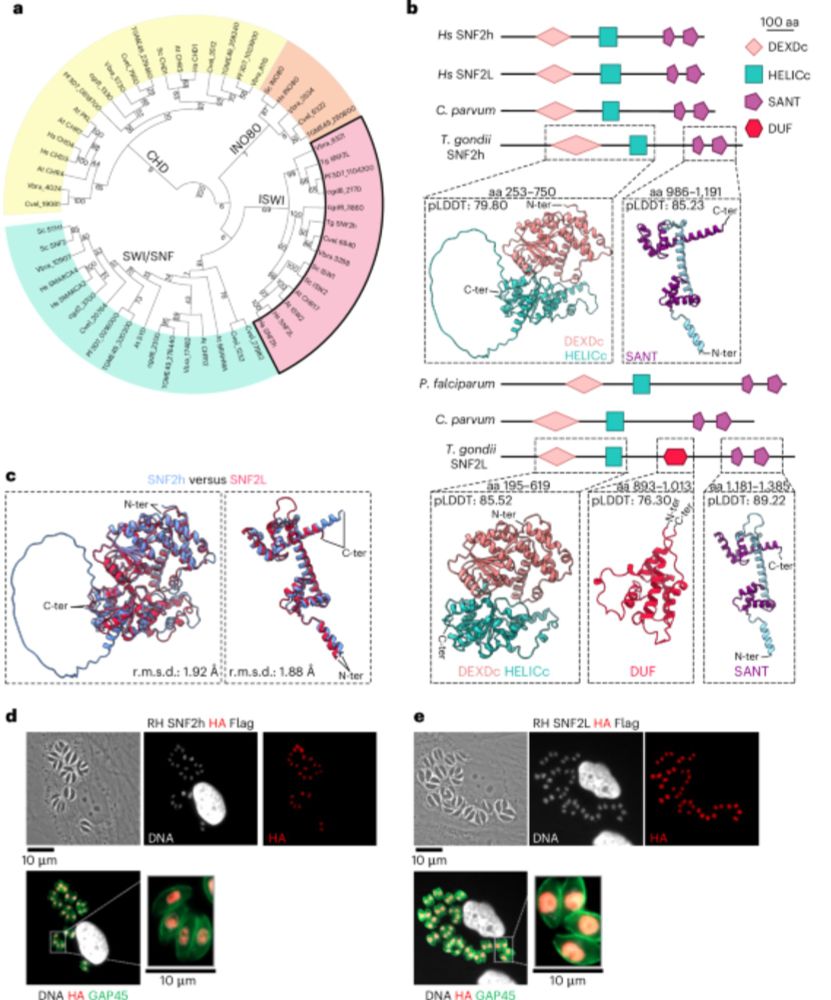
An ISWI-related chromatin remodeller regulates stage-specific gene expression in Toxoplasma gondii - Nature Microbiology
Toxoplasma gondii evolved two ISWI remodellers, TgSNF2h and TgSNF2L. TgSNF2h forms a complex that insulates active genes, regulates MORC-driven sexual commitment and ensures precise gene expression, s...
www.nature.com
Reposted by Maryse Lebrun
Reposted by Maryse Lebrun
Reposted by Maryse Lebrun
Maryse Lebrun
@lebrunlab.bsky.social
· Feb 27
Reposted by Maryse Lebrun
Sateriale Lab
@saterialelab.bsky.social
· Feb 26

Cryptosporidium modifies intestinal microvilli through an exported virulence factor
Cryptosporidium is a common intestinal infection of vertebrates and a significant threat to public health. Within the epithelial layer of the intestine, the parasite invades and replicates. Infected cells are readily detected under the microscope by the presence of elongated microvilli, particularly around the vacuole where the parasite resides. Here, we identify a family of Cryptosporidium virulence factors that are exported into the host cell during infection and localise to the microvilli. We examine the trafficking and function of the most highly expressed family member, MVP1, which appears to control the elongation of microvilli through engagement of host EBP50 and CDC42. Remarkably, this mechanism closely mirrors that of an enteropathogenic Escherichia coli virulence factor, MAP, which is also known to drive host microvilli elongation during infection. This highlights a unique instance where eukaryotic and prokaryotic virulence factors have convergently evolved to modulate host actin structures through a similar mechanism. ### Competing Interest Statement The authors have declared no competing interest.
www.biorxiv.org
Reposted by Maryse Lebrun
Reposted by Maryse Lebrun
LabEx ParaFrap
@parafrap.bsky.social
· Feb 10

The malaria parasite PP1 phosphatase controls the initiation of the egress pathway of asexual blood-stages by regulating the rounding-up of the vacuole
Author summary Malaria caused by Plasmodium falciparum infections remains a major human threat in endemic countries. Its proliferation within the host relies on the iteration of red blood cell invasio...
dx.plos.org
Reposted by Maryse Lebrun
Seb Besteiro
@s-besteiro.bsky.social
· Feb 7

The HCF101 protein is an important component of the cytosolic iron–sulfur synthesis pathway in Toxoplasma gondii
Iron-sulfur proteins require specialized assembly pathways and play vital roles in cellular functions. This study shows that the plastid-derived protein HCF101 functions in the cytosolic Fe-S assembly...
journals.plos.org
Reposted by Maryse Lebrun
Reposted by Maryse Lebrun
Reposted by Maryse Lebrun
Reposted by Maryse Lebrun
Reposted by Maryse Lebrun


